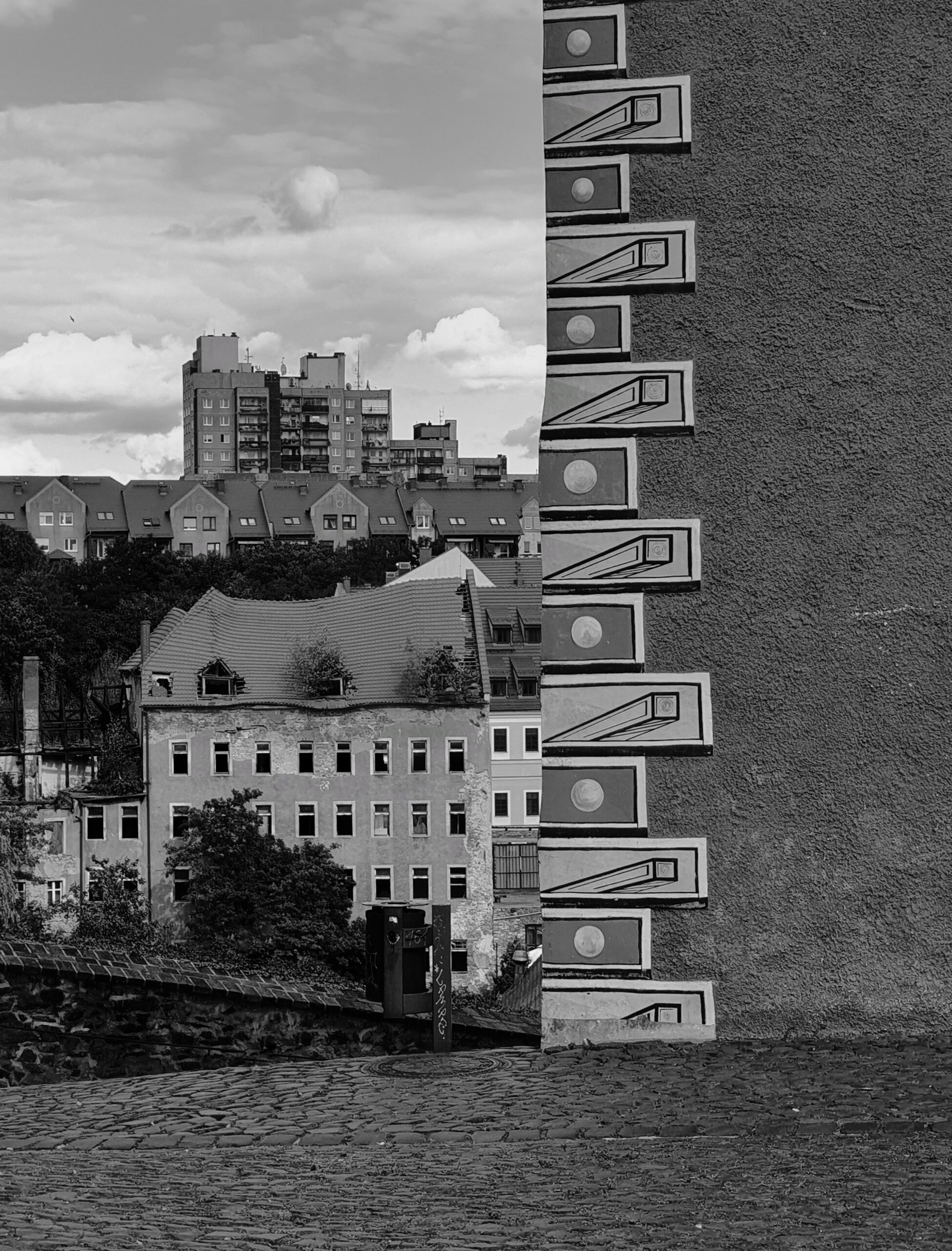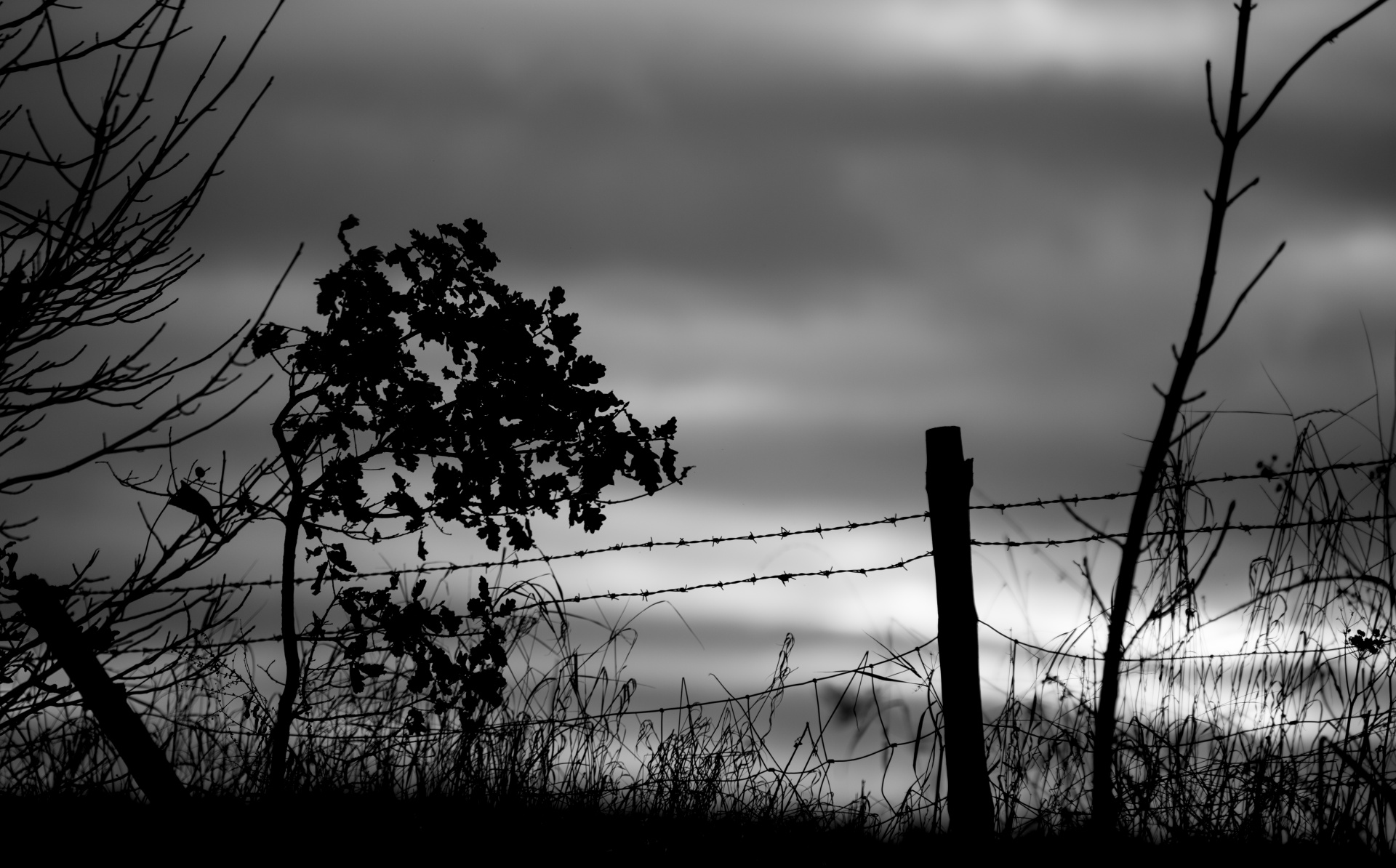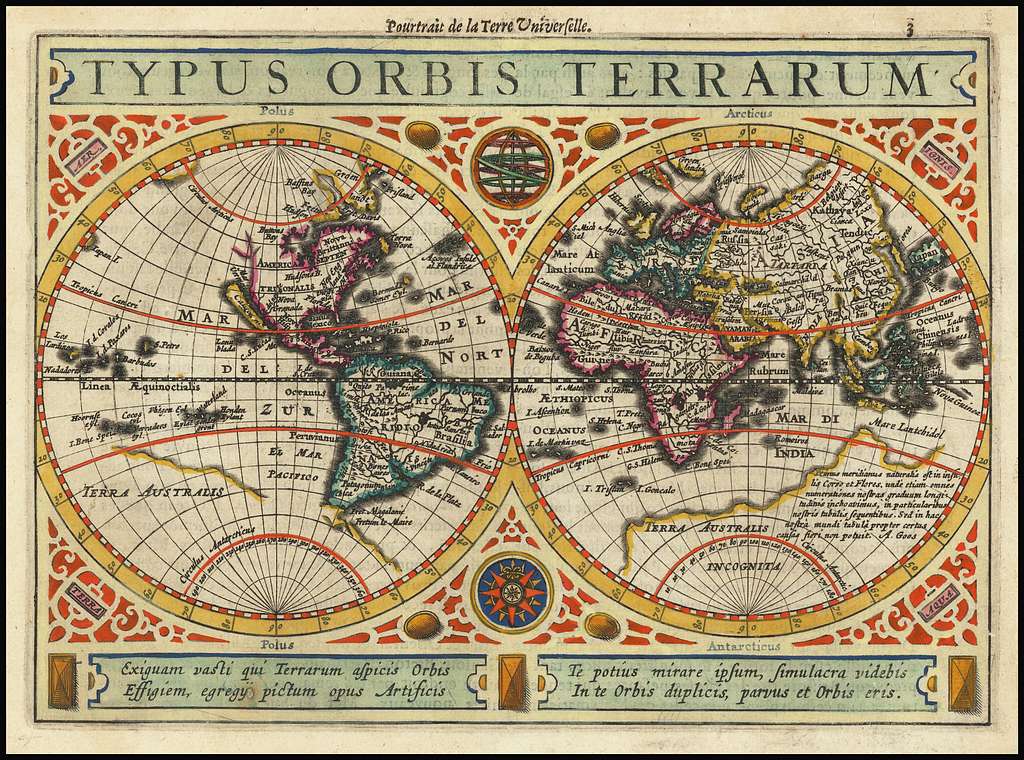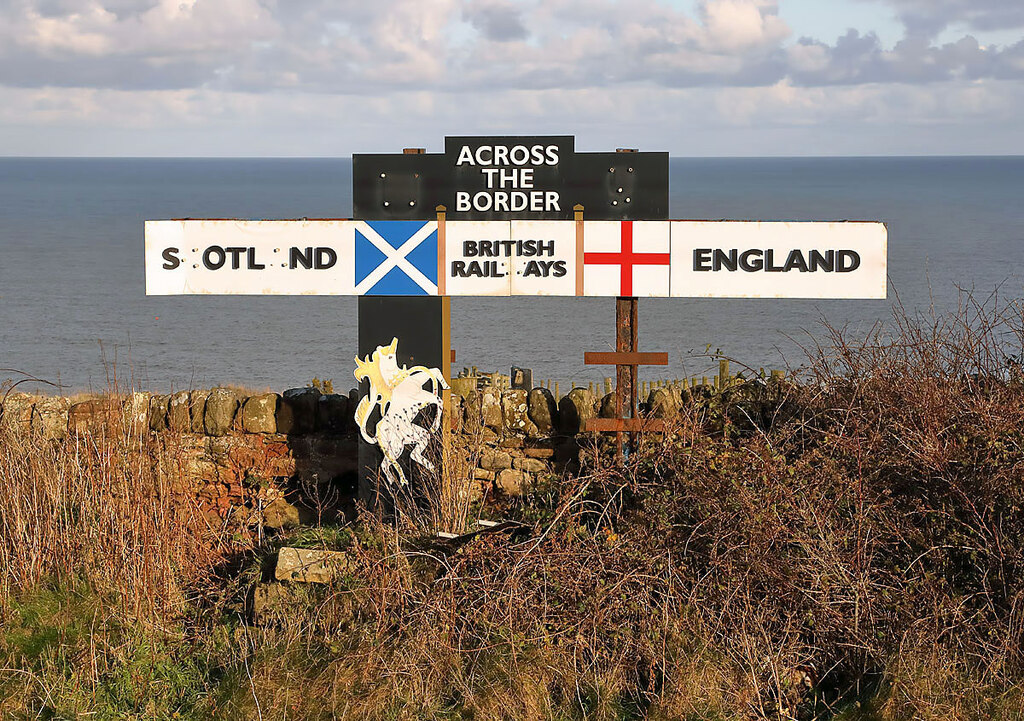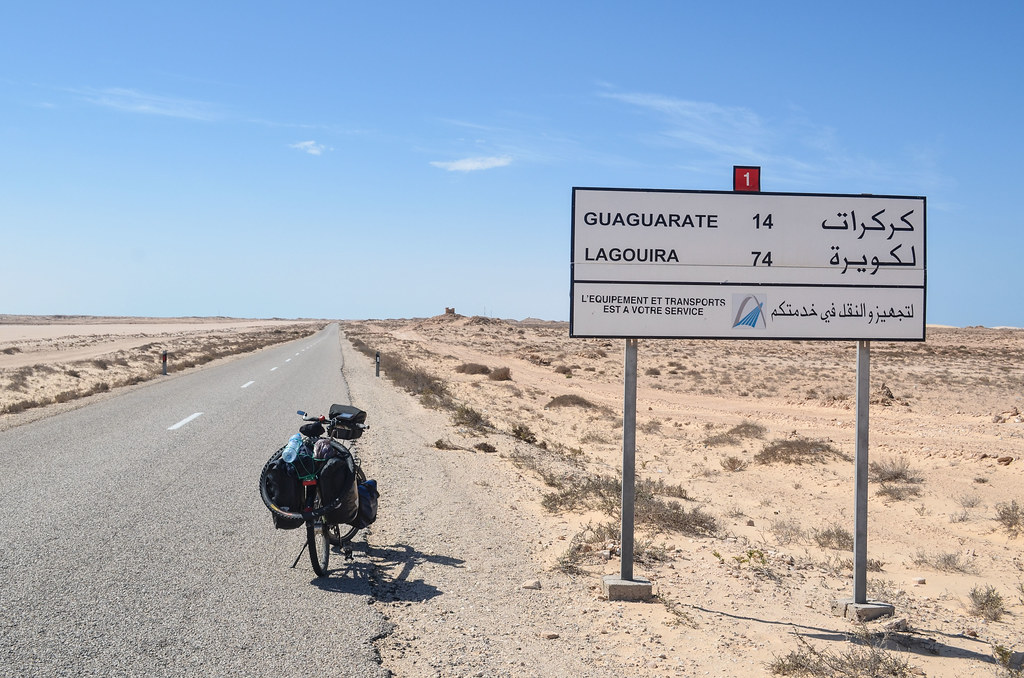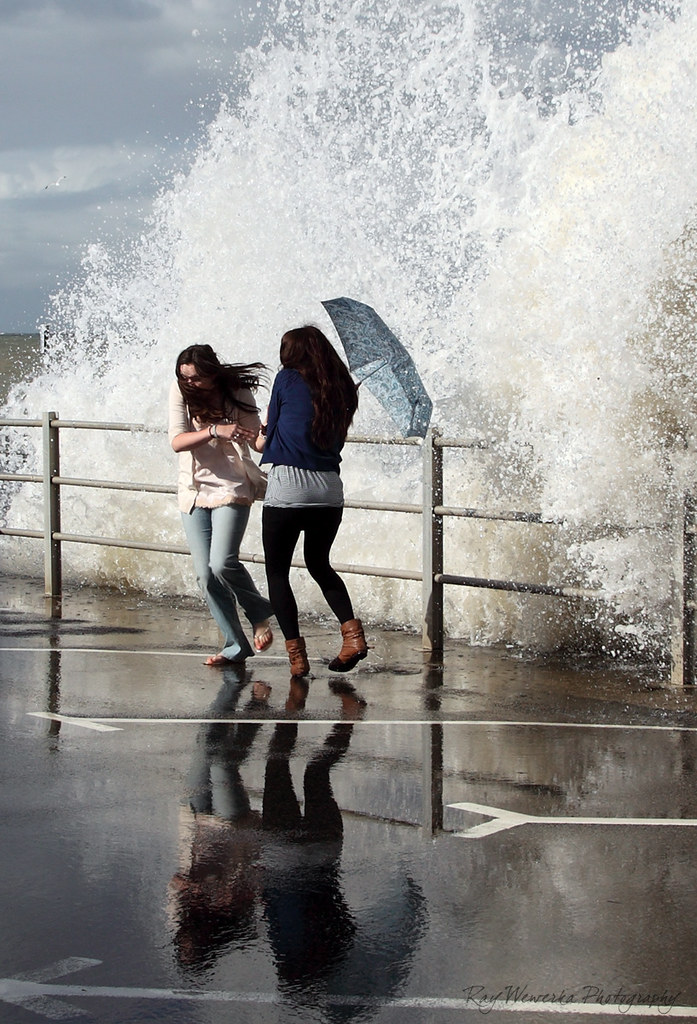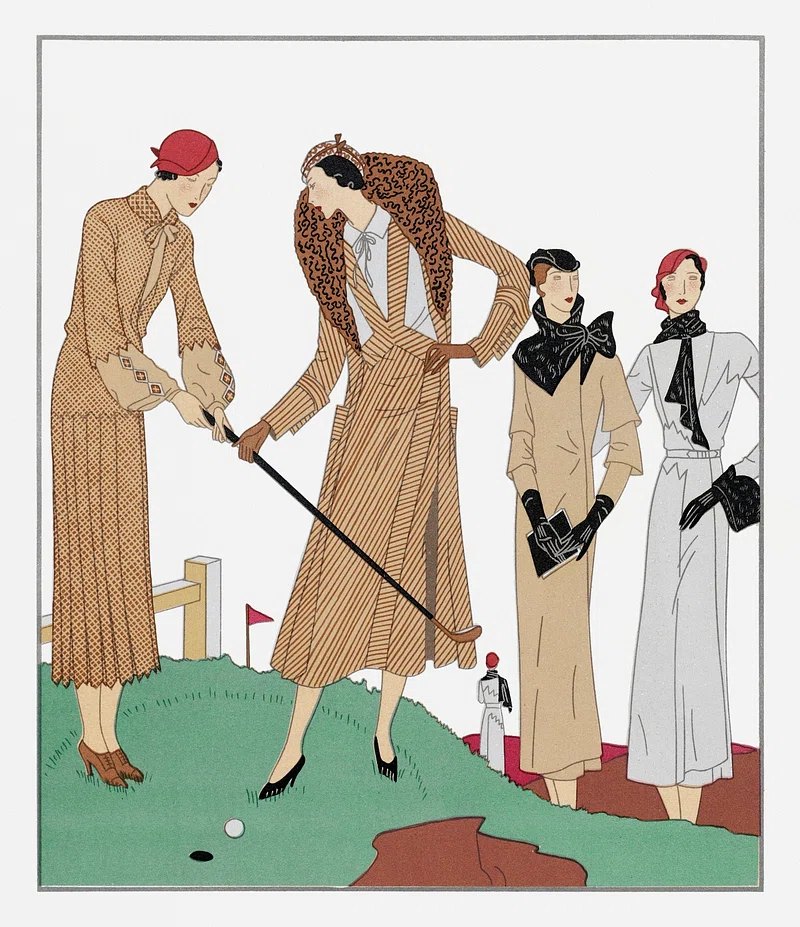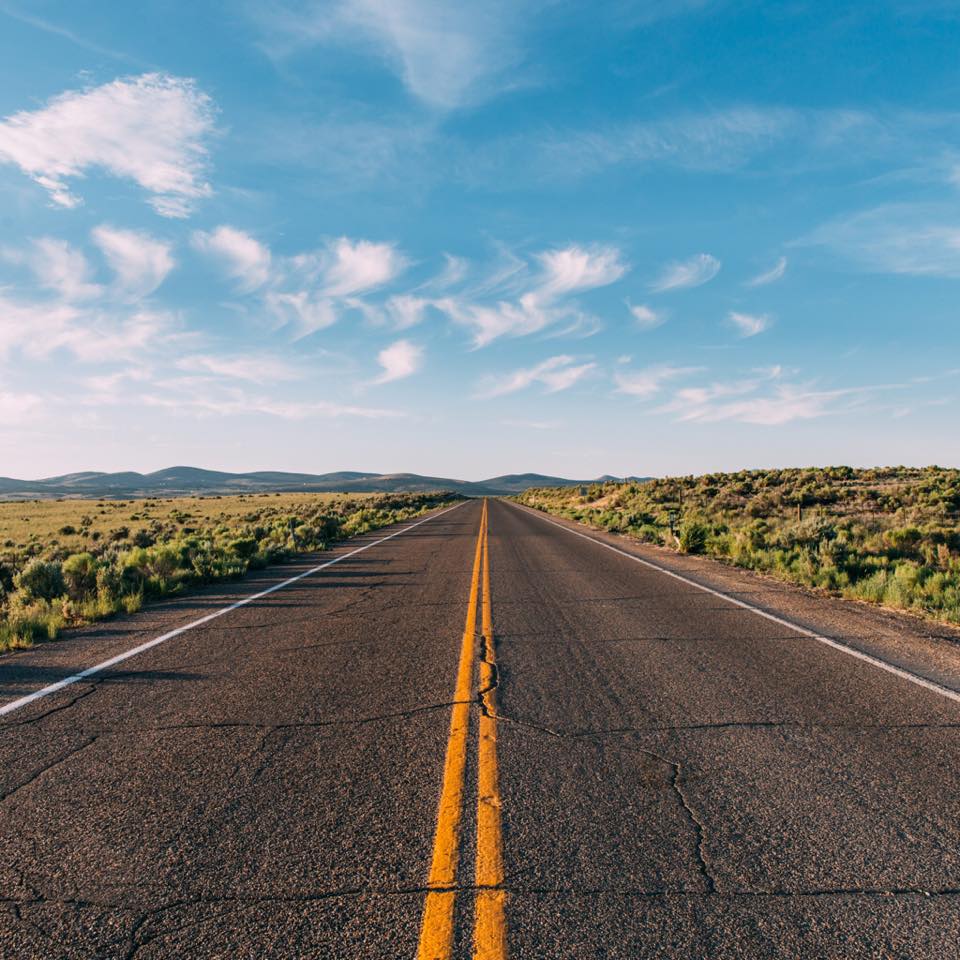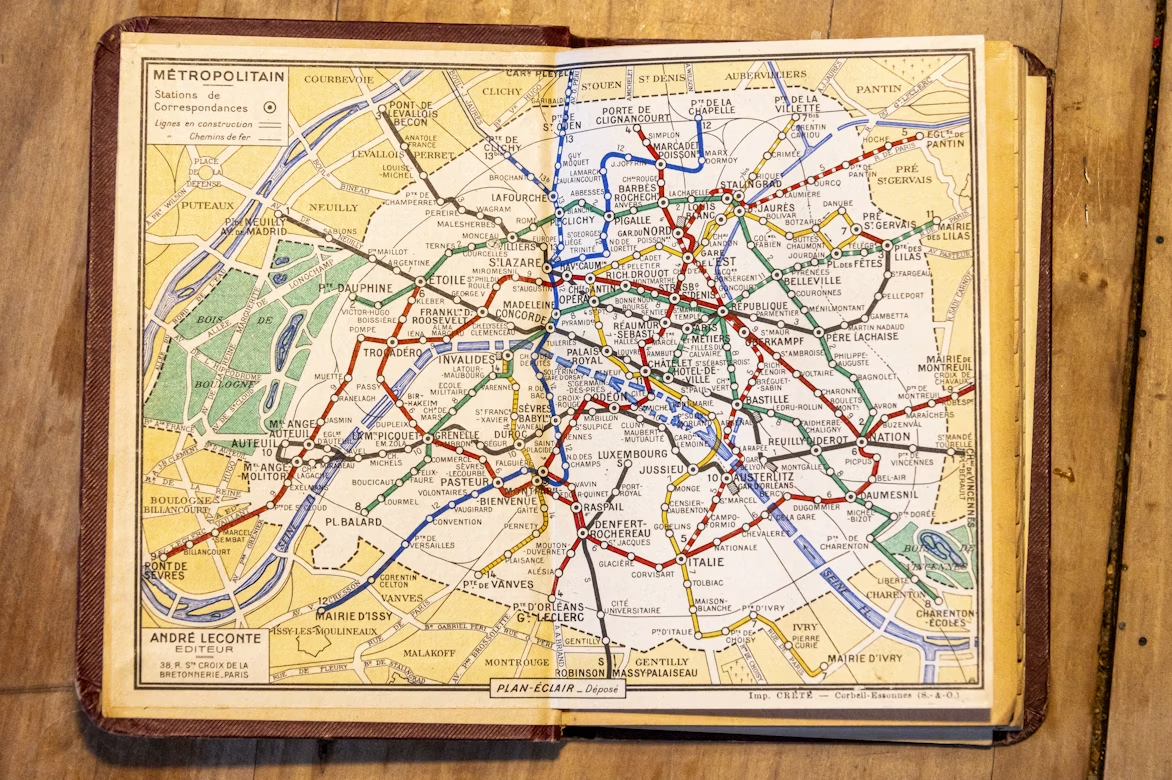Students work in groups, create a mind map and then take on the roles of guides and participants in a walk designed to explore the borders among them. The lesson uses a variety of images to broaden students’ understanding of borders, showing that they are not only geographical but also social and mental constructs.
This lesson plan was created by teachers and educators as part of the B-SHAPES Summer School organised by ENRS in 2025.
See other lessons created by educators during the B-SHAPES summer school:
Borders through Photography
Borders through Oral History
Total time: The lesson begins in the classroom and transitions to a walk. Depending on the possibilities it could take one lesson (90 minutes) or two lessons (2 x 45 minutes) or even one lesson for the theoretical phase and extracurricular time for the walk.
Target group: Students aged 16–19
This lesson plan includes a Photo Gallery and a Resources section with a reading list and other helpful and inspiring material.
Goals
- To define the concepts of ‘border’ and ‘landscape’.
- To take a critical collective walk along a border.
- To problematise the concept of the ‘border’ from social, cultural, economic, political and aesthetic points of view.
- To understand the multilayered characteristic of the border.
Lesson plan
Step 1: Icebreakers
Icebreaker I
Ask your students to imagine any (physical or abstract) border that they pass in their life.
If your students have troubles imagining a border, ask them these additional questions: What is a border? What are do you feel about borders? Can you think of any examples of borders?
Ask them to draw the border. Split the students into groups of three. Ask students to introduce their borders to the others. 10 minutes
Icebreaker II
Ask your students to name a few well-known borders.
Then ask your them to type ‘border’ in the browser and then change to ‘images’. Let them discuss the outcomes. Alternatively, use the examples from the list below:
- Berlin Wall
- Iron Curtain
- Melilla’s fence
- US-Mexico’s border wall
- Pyrenees
- Gaza-Israel border
Step 2: Exercise
Brainstorm associations with the word ‘border’ using, for example, Mentimeter. Instruct your students to think of a border not only as an administrative divider, but also as a meeting or dividing point in societies, emotions, culture, politics, history, economics and aesthetics. 5 minutes
Step 3: Lecture
Introduction to borders through landscape as a concept based on Dorte Jagetic Andersen’s article ‘Bordering Landscapes’
15 minutes
Discussion points:
- Definitions and characteristics from the article ‘Bordering Landscapes’ by Dorte Jagetic Andersen
- Images from the photo gallery or materials from the resource section
- Border dialectics: inclusion-exclusion; centre-periphery; rural-city; fear-communication; citizenship-undocumented
- Symbols, narratives, myths related to borders. Movements and interactions shaped by borders, such as migration
- Imagined community (Benedict Anderson) and belonging vs. Otherness and marginalisation
- Human rights, right to landscape, right to the city related to border landscapes
Step 4: Design a walk. Entire group activity. 30 minutes
Students work together to design a walking route that highlights different types of borders they encounter in their daily lives. During the walk, selected students take on the role of guides, while the rest of the class acts as participants who ask questions along the way.
Who will be the guide? Ask 2–4 volunteers who want to present a place that is or represents a border. The border should mean something to them and is in walkable distance from the school. Ask your students to think about narratives, symbols, myths and facts connected to their chosen location.
Suggestions as to where to find a border:
- border of two states,
- other administrative border, e.g. between cities, regions, districts,
- between buildings,
- within buildings, between specific spaces,
- border of the school and the neighbourhood,
- mental borders, created by ourselves,
- aesthetic, societal and cultural borders e.g. in architecture.
What will be the tasks during the walk? Encourage the rest of the students to think about questions to ask the presenters/guides: e.g. What is the border? How does it influence their life? Why did they choose this place? What connection do they have to it?
Visiting places and talking to people during a walk can be a useful opportunity to create art (See: Resources) or practice documentary skills. You can ask your students to conduct journalistic or oral history interviews during the walk and record the talk to create a podcast (see podcasts from the InBetween? project). They can also take photos of the borders they see during the walk.
What will be the path? Ask students to design the most optimal route for the walk. Pick a leader of the walk as well as someone responsible for managing the time.
Step 5: Go for a walk.
Let students show/explain the border of their choice to each other. Leave room for asking questions and interpretation of this location.
Duration of the walk: 45–90 minutes
Step 6: Conclusion
Ask your students to share their thoughts with the rest of the group.
Photo Gallery
Resources
Reading list
- Anguelova, K. A. Burtscher and M. Oberhofer, eds (2025), Through the Prism of Borders. Milano Kunstverlag, 100–1.
- Heddon, Deirdre and Cathy Turner (1 May 2012). ‘Walking Women: Shifting the Tales and Scales of Mobility’ (PDF). Contemporary Theatre Review. 22 (2): 224–36. doi:10.1080/10486801.2012.666741. ISSN 1048-6801. S2CID 143812276.
- Thoreau, D. (1862), Walking
- Solnit, R. (2000) Wanderlust: a History of Walking
- Jacobs, Jane (1961), The Death and Life of Great American Cities. New York: Random House.
- Interview with Jane Jacobs https://blogs.uoc.edu/ciudad/jane-jacobs-neighborhoods-in-action-heres-an/
- https://janeswalk.org/ // https://www.janejacobswalk.org/
A selection of walking artists:
- Guy Debord
- Francis Alÿs
- Hamish Fulton
- Vito Acconci
- Janet Cardiff
Artworks about borders:
- Documentary: Xavier Artigas and Xapo Ortega, Tarajal, Dismantling Impunity on the Southern Border, 2016
- Frida Kahlo, Self-portrait Along the Borderline Between Mexico and the United States, 1932
- Daniel Arévalo, Casas & ¿A dónde? (Houses and Where?).
- Marcelo Brodsky (with Juan Pablo Cohen), Abrir los puentes (Open the bridges), 2019–20. Photographic series
- JR, Dreamer, 2017. Happening


